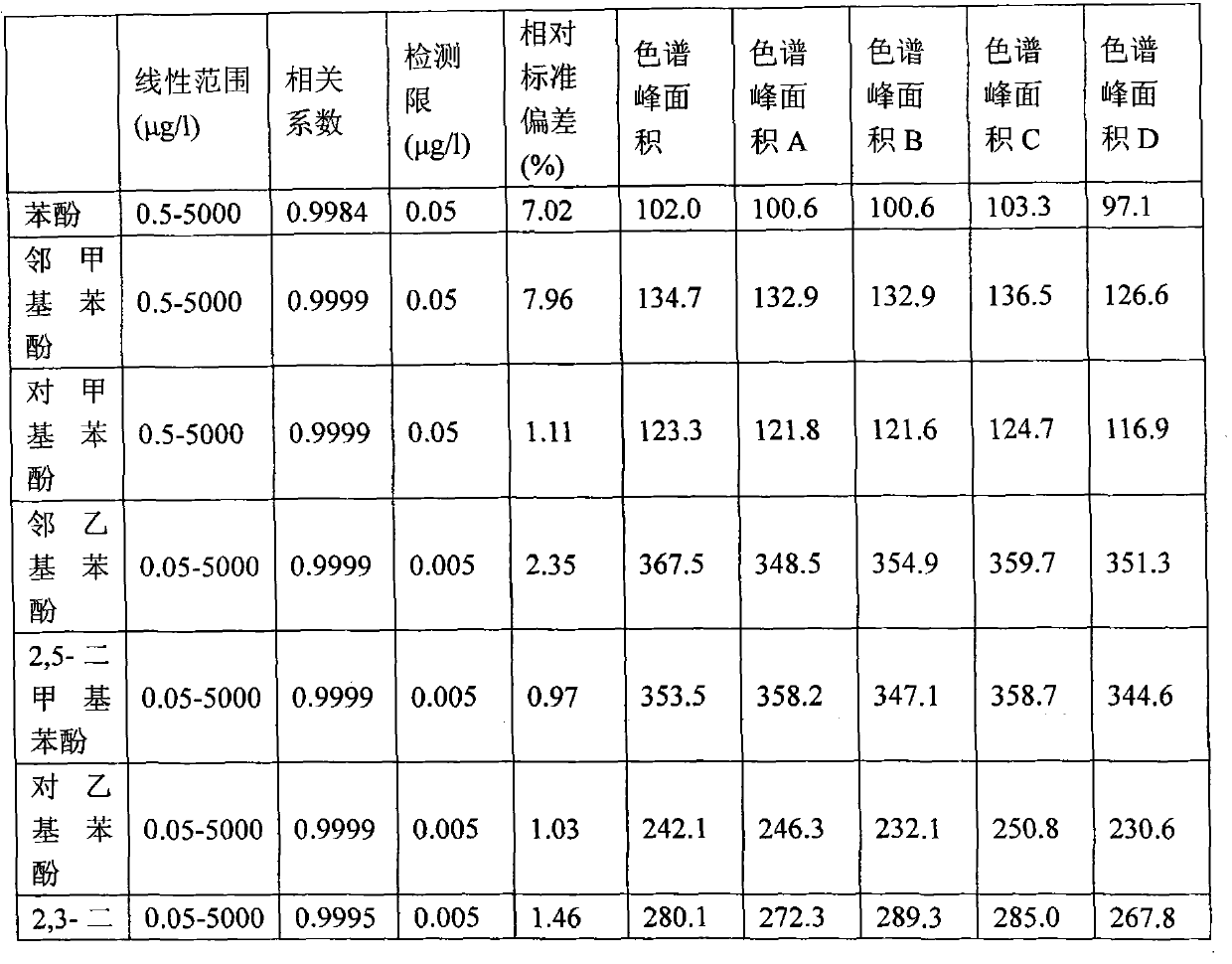Method for manufacturing carbon nanotube solid phase micro-extraction head
A technology of solid-phase microextraction head and carbon nanotubes, which is applied in chemical instruments and methods, and other chemical processes, can solve the problems of difficult surface modification, poor mechanical properties, coating peeling, etc. Crushed, excellent adsorption performance, and prolonging the service life
- Summary
- Abstract
- Description
- Claims
- Application Information
AI Technical Summary
Problems solved by technology
Method used
Image
Examples
Embodiment 1
[0030] 1. Deposit silicon film on the surface of stainless steel wire by magnetron sputtering. The metal wire was ultrasonically cleaned with absolute alcohol, distilled water, and acetone for 10 min, and then dried with nitrogen and placed in the deposition chamber. Pump the air pressure in the vacuum chamber to 6×10 -3 Below Pa, feed high-purity argon until the pressure is 3.0Pa. Turn on the pulse bias power supply, adjust the voltage value to -200V, and set the duty cycle to 80%, and perform argon plasma bombardment cleaning for 10 minutes to remove the oxide layer on the metal surface. Then deposit a silicon transition layer: adjust the argon flow to maintain the chamber pressure at 2.5×10 -1 Pa, turn on the intermediate frequency sputtering power supply and the pulse bias power supply, adjust the sputtering current to 20A, the pulse bias voltage to -1000V, and the pulse duty cycle to 20%, and turn it off after the thickness of the transition layer reaches 500nm.
[003...
Embodiment 2
[0035] 1. Deposit silicon film on the surface of stainless steel wire by magnetron sputtering. The stainless steel wire was ultrasonically cleaned with absolute alcohol, distilled water, and acetone for 10 min, and then dried with nitrogen gas and placed in the deposition chamber. Pump the air pressure in the vacuum chamber to 6×10 -3 Below Pa, feed high-purity argon until the pressure is 3.0Pa. Turn on the pulse bias power supply, adjust the voltage value to -200V, and set the duty cycle to 80%, and perform argon plasma bombardment cleaning for 10 minutes to remove the oxide layer on the metal surface. Then deposit a silicon transition layer: adjust the flow of argon to maintain the chamber pressure at 5.5×10 -1 Pa, turn on the intermediate frequency sputtering power supply and the pulse bias power supply, adjust the sputtering current to 8A, the pulse bias voltage to -400V, and the pulse duty cycle to 80%, and turn it off after the thickness of the transition layer reaches...
Embodiment 3
[0040] 1. Deposit a silicon film on the surface of the metal wire by magnetron sputtering. The metal wire was ultrasonically cleaned with absolute alcohol, distilled water, and acetone for 10 min, and then dried with nitrogen and placed in the deposition chamber. Pump the air pressure in the vacuum chamber to 6×10 -3 Below Pa, feed high-purity argon until the pressure is 3.0Pa. Turn on the pulse bias power supply, adjust the voltage value to -200V, and set the duty cycle to 80%, and perform argon plasma bombardment cleaning for 10 minutes to remove the oxide layer on the metal surface. Then deposit a silicon transition layer: adjust the flow of argon to maintain the chamber pressure at 5.5×10 -1 Pa, turn on the intermediate frequency sputtering power supply and the pulse bias power supply, adjust the sputtering current to 4A, the pulse bias voltage to -100V, and the pulse duty cycle to 40%, and turn it off after the thickness of the transition layer reaches 600nm.
[0041] ...
PUM
 Login to View More
Login to View More Abstract
Description
Claims
Application Information
 Login to View More
Login to View More - R&D
- Intellectual Property
- Life Sciences
- Materials
- Tech Scout
- Unparalleled Data Quality
- Higher Quality Content
- 60% Fewer Hallucinations
Browse by: Latest US Patents, China's latest patents, Technical Efficacy Thesaurus, Application Domain, Technology Topic, Popular Technical Reports.
© 2025 PatSnap. All rights reserved.Legal|Privacy policy|Modern Slavery Act Transparency Statement|Sitemap|About US| Contact US: help@patsnap.com


